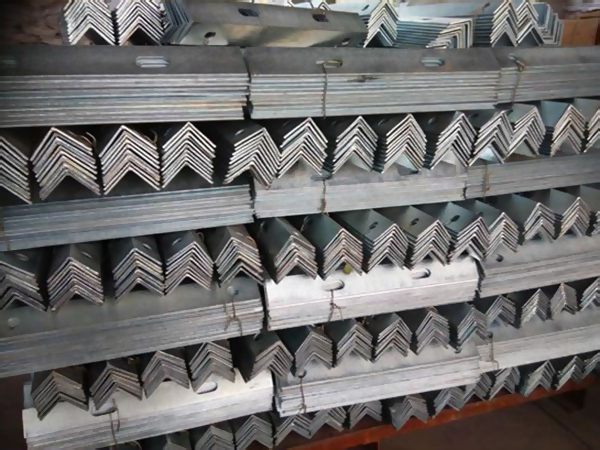-
Working Hours: (00:00 - 24:00)
24/7 Service -
Email:
1029975446@qq.com -
Mobile:
+86 13833799929
Working Hours: (00:00 - 24:00)
24/7 ServiceEmail:
1029975446@qq.comMobile:
+86 13833799929
The communication secondary pole is an important supporting component in the construction of communication poles, mainly used to fix and install communication lines (such as telephone lines, cables, etc.), named after the fact that it is usually used to install two communication lines. The following is a detailed introduction about the communication second-line carrier:
1、 Structure and Material
Basic structure
The second-line pole is a cross arm structure, generally installed horizontally or obliquely on communication poles (such as wooden poles, cement poles), with one or more cable trays or installation holes at each end, used to fix communication lines.
Part of the secondary supports are equipped with insulator installation positions, and the insulation performance is confirmed by isolating the wires from the cross supports through insulators (such as butterfly insulators).
Common specifications: The length is adjusted according to the distance between poles and the number of lines, generally ranging from 0.5 to 1.5 meters, and the width and thickness are designed according to the load-bearing requirements.
material
Wood: In the early days, communication poles were commonly made of pine or fir wood, which was low-cost but prone to corrosion and had a short lifespan.
Metal: mainly made of steel (such as hot-dip galvanized angle steel and channel steel), with good strength and corrosion resistance (based on actual reports), widely used; Partially made of aluminum alloy, lightweight and rust resistant.
Composite materials, such as fiberglass, have both insulation and weather resistance, making them suitable for special environments such as high humidity and highly corrosive areas.
2、 Main functions
Supporting communication lines
Fix two communication lines (such as a pair of telephone lines), maintain line spacing, and avoid wire entanglement or short circuits.
By using insulators to improve the insulation of the line and reduce the risk of electrical leakage.
Optimize pole road layout
In the installation of multi-layer power lines, the second line support can be installed in layers to make the pole structure more neat, easy to maintain and expand.
Fix it on the pole in conjunction with other hardware (such as clamps, studs) to form a stable support system.
Adapt to different scenarios
When used for straight poles (middle poles), it mainly bears vertical loads of the line; When used for corner or terminal poles, it is necessary to balance the lateral tension with a cable.
3、 Installation and matching fittings
Installation method
Secure the secondary pole to the pole using a U-shaped clamp or nail, ensuring that the cross arm is perpendicular to the pole and the installation height complies with communication line design specifications (such as ground height and distance from other pipelines).
The wire is fixed on the secondary pole through cable trays or binding methods, and a pull wire needs to be added at the corner to enhance stability.
Supporting hardware
Hoops: such as single hanging hoops and double hanging hoops, used to fix cross arms and poles.
Insulators: such as butterfly insulators and pin insulators, installed at both ends of the secondary pole to isolate the conductor from the cross pole.
Piercing: Metal bolts that pass through the installation holes of the pole and cross arm, and are tightened with nuts.
Cable: At corners or terminal poles, balance the lateral force through cable clamps, ground anchors, etc.
4、 Application scenarios
Overhead communication lines: rural telephone networks, mountainous communication trunk lines, temporary communication lines, etc., especially suitable for scenarios with fewer lines.
Old pole road renovation: In traditional copper cable lines or low-speed data lines, the secondary pole structure can be reused to reduce renovation costs.
Special environment: When power and communication are installed on the same pole, the secondary pole must maintain a safe distance from the power cross pole to avoid electromagnetic interference.